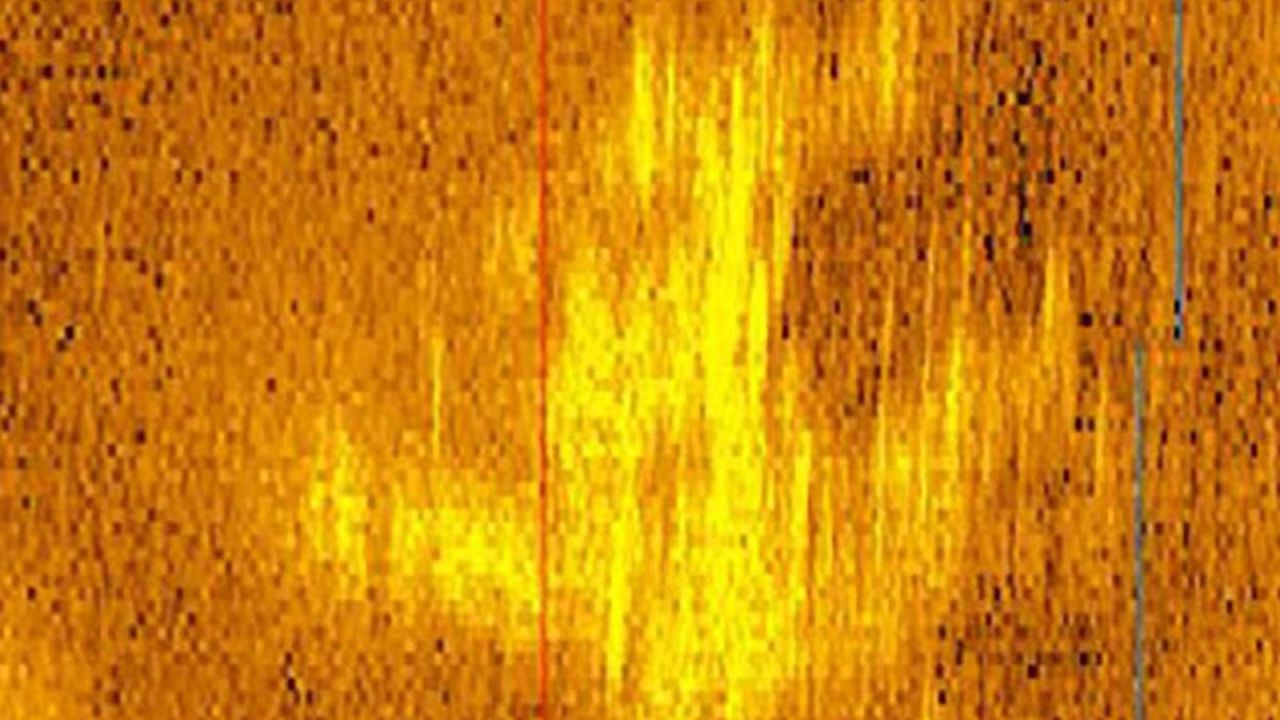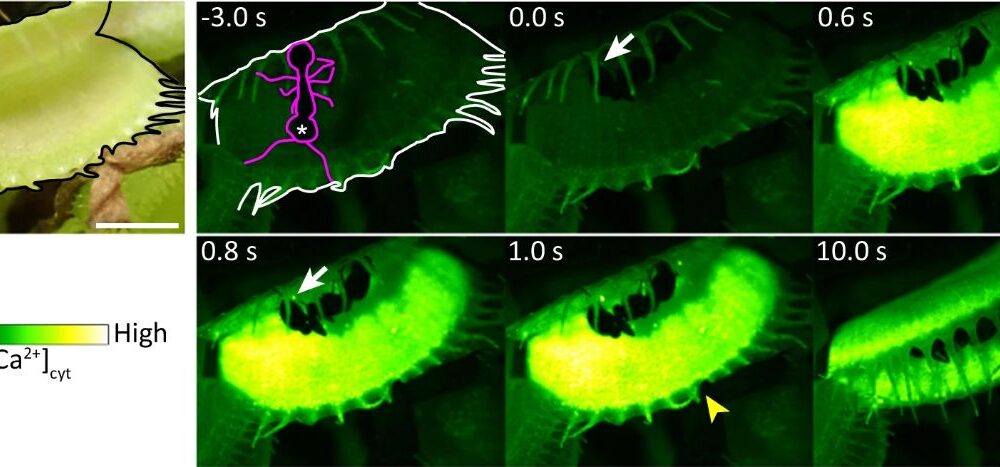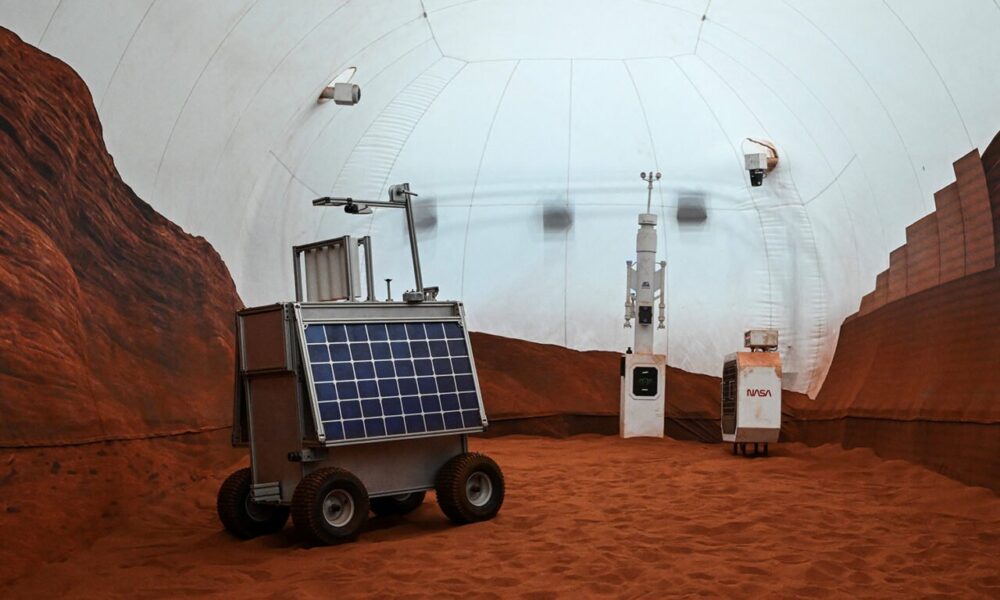The mystery surrounding the disappearance of aviator Amelia Earhart and her navigator Fred Noonan in 1937 remains unresolved, but new evidence has prompted renewed expeditions. A peculiar shape spotted in the lagoon of Nikumaroro, a remote island in the South Pacific, has captured the attention of researchers and enthusiasts alike. This discovery could potentially shed light on the fate of Earhart and Noonan, who vanished while attempting to circumnavigate the globe.
The unusual object was identified by Mike Ashmore, a US Navy veteran, while he was examining satellite images from his home in California in 2020. Using Apple Maps, Ashmore spotted what appeared to be an aircraft wing in the lagoon surrounding Nikumaroro, located approximately midway between Australia and Hawaii. Intrigued by the discovery, he shared the screenshot with members of the International Group for Historic Aircraft Recovery (TIGHAR), a collective focused on aviation history and archaeology.
Expeditions and Rival Theories
The shape, now referred to as the Taraia Object, has ignited discussions among experts. Archaeologist Rick Pettigrew, who has a long-standing interest in Earhart’s disappearance, has since investigated the anomaly further. He discovered that the object is visible in aerial photographs dating back to 1938. “With the evidence that we have now, it would be a crime for nobody to go there and look,” Pettigrew stated.
In response, an expedition organized by Pettigrew and Purdue University, where Earhart previously worked, is set to embark on November 4, 2023. The team will sail approximately 1,200 nautical miles to Nikumaroro, where they plan to investigate the Taraia Object over five days. Although Ashmore intended to join the expedition, he has withdrawn due to family health issues.
While the expedition aims to uncover potential remnants of Earhart’s Lockheed 10E Electra, another group is pursuing a different theory about her fate. Earhart and Noonan disappeared on July 2, 1937, while searching for Howland Island, a planned refueling stop. The most widely accepted explanation suggests that they ran out of fuel and crashed into the Pacific Ocean, a conclusion supported by various searches conducted over the years. In 2024, Deep Sea Vision will attempt to locate the plane based on this theory, following previous expeditions that returned inconclusive results.
Competing Expeditions and Insights
Another company, Nauticos, is preparing its fourth search for the aircraft, utilizing new analyses of Earhart’s radio communications to refine their search area near Howland Island. Dave Jourdan, president of Nauticos, stated that recent findings have significantly narrowed the potential locations of the wreckage. His team plans to deploy advanced technology, including autonomous underwater vehicles, to enhance their search capabilities.
Despite multiple expeditions to Nikumaroro yielding no definitive evidence that Earhart or Noonan survived, proponents of the castaway theory, including Pettigrew and TIGHAR’s founder Ric Gillespie, believe that the aviators may have landed safely on the island. Gillespie has visited Nikumaroro numerous times and suggests that Earhart and Noonan might have sent distress signals before succumbing to the elements. Artifacts found on the island, such as a woman’s mirror compact and a jackknife, have fueled speculation about their presence.
While some experts, including Dorothy Cochrane, former curator at the Smithsonian National Air and Space Museum, maintain that the most likely scenario is that they crashed into the ocean, the allure of the castaway theory persists. Cochrane highlighted the significance of Earhart as a pioneering female aviator, stating, “She was an enormously popular figure of the era, and all of her flights were followed by the public.”
The Nikumaroro hypothesis continues to attract attention, particularly after recent discussions surrounding declassified records from the US government related to Earhart’s final flight. President Donald Trump ordered the release of these records, although it remains unclear what new information might emerge from them.
As the expedition led by Pettigrew approaches, excitement builds around the possibility of uncovering new evidence. “I think we have a really good chance of delivering an exciting announcement,” Pettigrew expressed. The upcoming journey not only aims to solve a decades-old mystery but also captures the enduring spirit of adventure that Amelia Earhart represented.
Regardless of the outcome, Ashmore’s fascination with Earhart’s story remains steadfast. “I’m going to continue. Someone is going to find her,” he said, reflecting the relentless pursuit of truth surrounding one of aviation’s most enduring enigmas.







